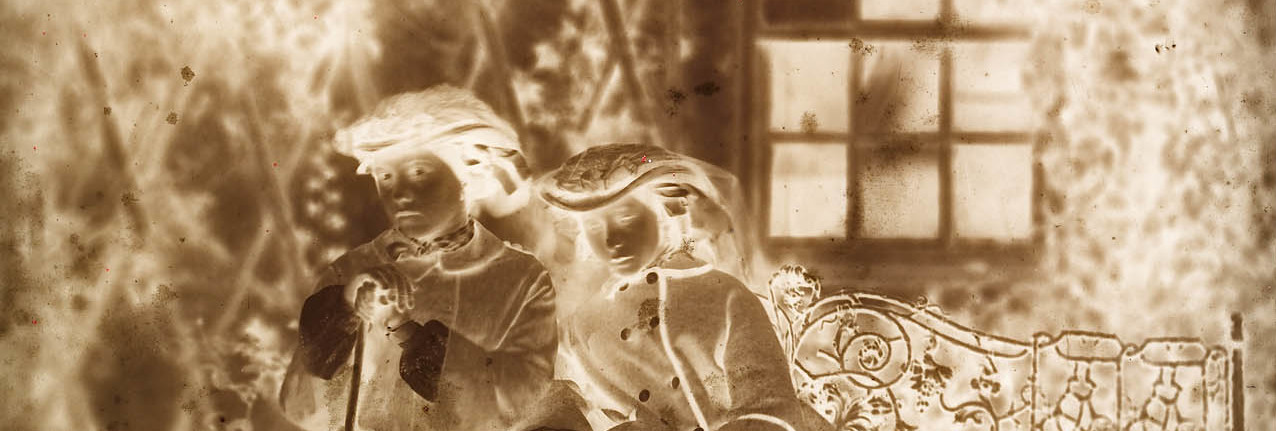
Photographic Technologies
Learn more about the photographic techniques available in the mid-19th century
Carte-de-visite
Utilising the recently invented wet collodion negative, André Adolphe-Eugène Disdéri (1819–89) created a way of exposing multiple images on the one plate. He would print this plate with albumen paper. The production method enabled him to capture and print images that could be printed multiple times. He mounted these prints to small pieces of cardboard. Disderi’s invention, patented in 1854, was known as the carte-de-visite. The name derives from the size of the carte, similar to the contemporaneous visiting card.
People could now collect portrait photographs of their favourite individuals, from politicians to scientists, artists to opera singers. The relatively cheap price meant that most people could purchase the cartes, but also commission the production of cartes in their own likeness, to share with friends and family members. The invention proved to be enormously popular. In 1861, over 300 million cartes were sold in England alone. The craze surrounding the small cards was known as carteomania, or sometimes cardomania.
Prince Albert and Queen Victoria collected cartes, compiling numerous albums of important and favoured individuals. The royal couple also commissioned many cartes of themselves and their children purely for private enjoyment. In May 1860, Queen Victoria and Prince Albert gave permission to J J Mayall to release carte-de-visite portraits of the royal couple. The decision was significant. For the first time people could own a realistic depiction of the British sovereign.
Understandably, the cartes sold in the tens of thousands. This portrait is an example of a publicly available carte of the royal couple and is from a folding concertina screen compiled by the royal couple.







